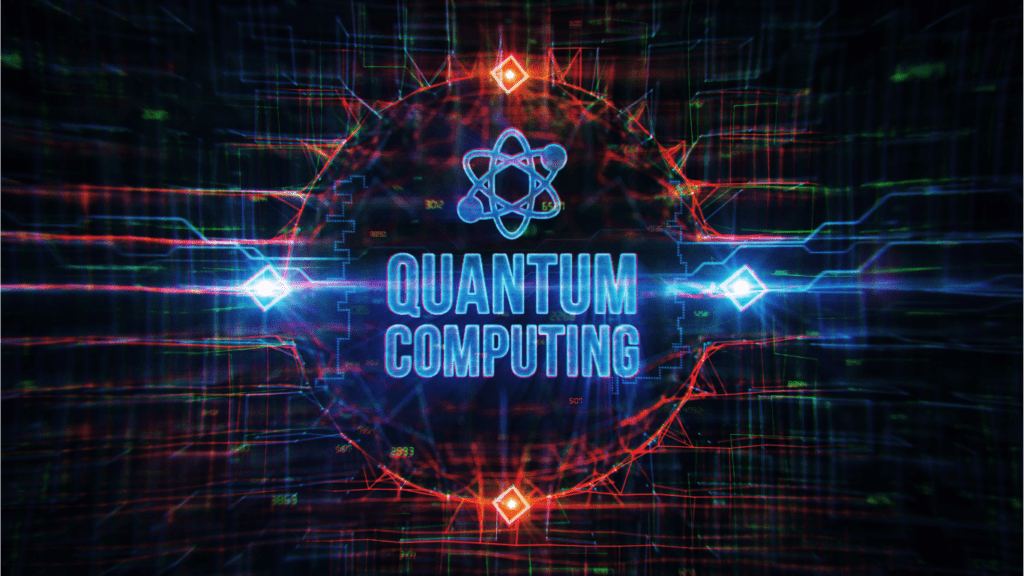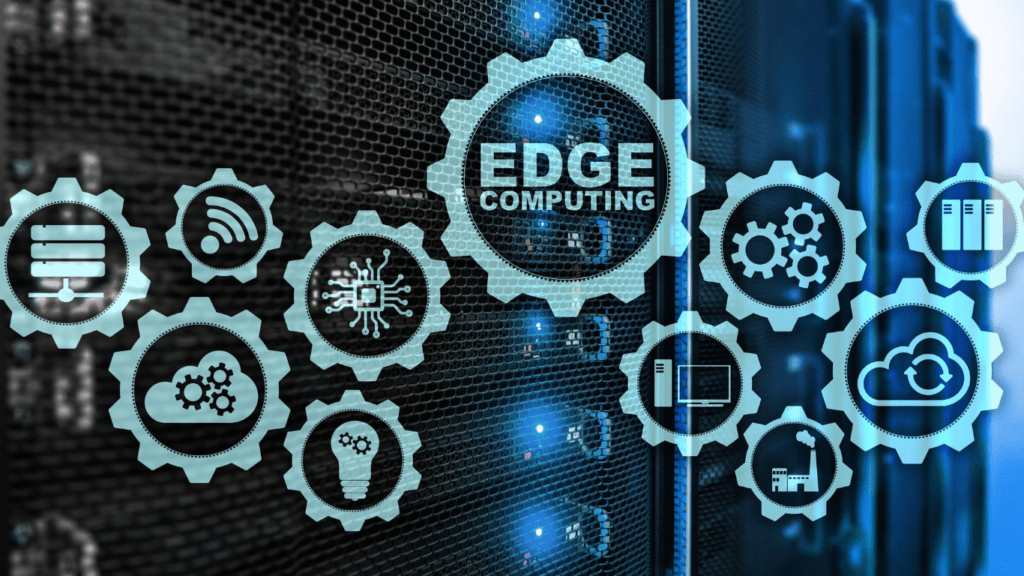Technology evolves at lightning speed, and as a developer, staying ahead of the curve isn’t just a choice—it’s a necessity. The tools and frameworks we rely on today might be outdated tomorrow, making it crucial to keep an eye on emerging trends shaping the future of development.
The Importance Of Staying Updated With Emerging Technologies
Remaining informed about emerging technologies strengthens adaptability in a rapidly changing industry. New frameworks, languages, or tools often offer improved performance, scalability, or user experience. Ignoring these advancements can lead to outdated skills, limiting a developer’s value in the market.
Monitoring trends provides insights into shifting industry standards, helping developers align projects with future demands. For example, blockchain integrations or advancements in AR/VR technologies require updated expertise to deliver competitive solutions.
Building knowledge in trending areas increases career agility. Proficiency in technologies like generative AI or edge computing makes adapting to diverse roles seamless. Employers increasingly prioritize individuals with knowledge of the latest advancements.
Regular learning allows developers to identify which trends align with their interests or project goals. For instance, those passionate about sustainable tech might explore green computing innovations.
Focusing on ongoing technological evolution ensures competitiveness, inspiration, and long-term relevance in a demanding field.
1. Artificial Intelligence And Machine Learning
Artificial Intelligence (AI) and Machine Learning (ML) continue reshaping the development landscape, offering tools and frameworks that simplify complex problem-solving processes. As these technologies evolve, they create opportunities for developers to build smarter and more efficient applications.
Advances In AI-Powered Development Tools
AI-powered tools improve productivity by automating repetitive tasks and providing intelligent code suggestions. Examples include GitHub Copilot and Tabnine, which use AI-driven models to assist with:
- code completion
- debugging
- error prediction
These tools analyze vast repositories of code data, enabling faster and more accurate coding. Enhanced testing capabilities also stand out. AI frameworks like Testim can generate and execute test cases automatically, significantly reducing testing cycles. Natural language processing (NLP) integrations in these tools simplify documentation by converting plain text into structured technical documents. Such advancements allow developers to focus on creativity and strategic problem-solving.
Use Cases For Machine Learning In Software Engineering
ML drives innovation in software engineering through predictive analytics, anomaly detection, and personalization. Recommendation systems, such as those used in e-commerce platforms, help developers create tailored experiences by analyzing user behavior patterns. Dynamic pricing algorithms are another practical application, optimizing pricing strategies in real-time.
ML improves predictive maintenance in IT operations by identifying potential software breakdowns before they occur. For example, tools like New Relic incorporate ML models to monitor system behavior and preemptively address performance issues. Integration into DevOps pipelines extends its benefits, automating deployment processes and ensuring efficient resource utilization.
2. Blockchain And Decentralized Applications
Blockchain continues to redefine how developers approach security, transparency, and data integrity. Decentralized applications (dApps) built on blockchain platforms unlock new possibilities for industries ranging from finance to healthcare.
The Rise Of Smart Contracts
Smart contracts streamline processes by executing predefined conditions automatically. Built on blockchain networks such as Ethereum or Binance Smart Chain, they eliminate intermediaries, reducing costs and errors. For example, in financial services, smart contracts enable secure digital payments and automated lending agreements. Developers benefit from frameworks like Solidity for Ethereum or Rust for Solana when creating these applications. As adoption grows, smart contracts enhance scalability and bring efficiency to industries that rely on trust and verification.
Innovations In Decentralized Storage Solutions
- Decentralized storage offers secure, scalable alternatives to traditional cloud services.
- Platforms such as IPFS (InterPlanetary File System) and Filecoin distribute data across networks, ensuring redundancy and reducing risks of outages.
- These solutions protect user data from centralized vulnerabilities and allow developers to build resilient dApps. For instance, integrating decentralized storage helps creators secure NFT metadata or store sensitive healthcare records.
- My focus on these tools enhances application security while ensuring compliance with emerging data privacy standards.
- Developers embracing decentralized storage align with the increasing need for secure, distributed systems.
3. Quantum Computing

Quantum computing promises to revolutionize how developers approach complex problems. By leveraging quantum mechanics, this technology brings unprecedented computational power and efficiency to the development landscape.
Impact On Problem-Solving And Computational Speed
Quantum computers solve problems that traditional systems cannot efficiently tackle. Tasks like cryptographic analysis, protein folding simulations, and large-scale optimization become significantly faster with quantum algorithms. For example, Shor’s algorithm can factorize large numbers exponentially faster than classical methods, while Grover’s algorithm accelerates unstructured database searches. Industries like finance, pharmaceuticals, and logistics already invest in quantum research to streamline computations and innovate processes. This progress broadens the scope for developers, enabling novel solutions across diverse domains.
Quantum Programming Languages
Quantum programming languages translate complex quantum operations into executable code. Qiskit, developed by IBM, allows developers to construct and simulate quantum circuits. Microsoft’s Q#, designed for quantum algorithm development, integrates seamlessly with classical systems. Google’s Cirq focuses on tasks suited for near-term quantum devices. Learning these languages equips developers with the tools to build and test quantum algorithms on simulators or quantum hardware. As quantum ecosystems grow, expertise in these specialized languages is becoming crucial for success in the tech industry.
4. Edge Computing
Edge computing reduces latency by processing data closer to its source, rather than relying solely on centralized cloud servers. As data generation increases, I see its relevance growing across industries and applications.
Enhancing Real-Time Data Processing Capabilities
Edge computing optimizes real-time data processing by minimizing the distance between data generation and analysis. This approach allows me to achieve faster response times, critical for applications like autonomous vehicles and video surveillance. By avoiding the delays caused by remote cloud processing, edge solutions ensure seamless performance in latency-sensitive environments. For example, applications like augmented reality (AR) benefit from a significant reduction in lag, enhancing usability and efficiency.
Use In IoT And Connected Devices
Edge computing integrates seamlessly with IoT (Internet of Things) ecosystems, handling data from connected devices like:
- sensors
- cameras
- smart home gadgets
directly at the edge. By reducing the strain on centralized servers, I can improve scalability while maintaining low latency in large-scale IoT networks. Use cases include industrial IoT systems, where factory sensors process alerts locally for real-time decision-making, and connected health devices, which analyze patient data for immediate monitoring. This distributed model enhances the availability and resilience of IoT applications.
5. Extended Reality (XR)

Extended Reality combines Virtual Reality (VR), Augmented Reality (AR), and Mixed Reality (MR), creating immersive environments that merge physical and virtual worlds. By 2025, XR is expected to redefine user interaction across industries, making it a crucial area for developers to explore.
Virtual Reality (VR) And Augmented Reality (AR) In Software Development
VR and AR technologies revolutionize how users experience applications by delivering immersive and interactive environments. VR fully simulates virtual spaces using devices like Oculus Quest and HTC Vive, targeting industries such as gaming, training, and simulation. AR overlays digital elements onto the physical world using devices like Microsoft HoloLens and smartphones, driving innovation in education, retail, and healthcare.
Developers working with XR utilize key frameworks like Unity3D and Unreal Engine for creating 3D content and interactions. Libraries such as ARKit (iOS) and ARCore (Android) allow seamless integration of AR features into mobile apps. For example, healthcare developers create AR-guided surgeries, while retail apps enhance shopping with virtual product try-ons. Mastery of these tools improves adaptability to diverse XR applications, enabling more robust development outcomes.
Opportunities For Developers In XR Environments
XR provides vast opportunities for developers, ranging from content creation to system optimization. 3D artists and application developers collaborate to design immersive simulations, whereas engineers improve device performance and latency for enhanced user experiences. Mock drone environments, virtual property tours, and interactive training modules represent growing use cases.
Skillsets in spatial computing, 3D modeling, and sensor integration become increasingly valuable. Proficiency in XR-specific scripting languages, such as C# and C++, alongside familiarity with spatial APIs like OpenXR, ensures competitiveness. With industries like real estate, education, and entertainment rapidly adopting XR, developers equipped with XR expertise gain access to lucrative and future-proof career paths.
6. 5G And Beyond
5G technology is transforming how applications are designed and experienced, with even greater potential in post-5G advancements. These technologies are reshaping connectivity by providing developers with unprecedented speed and reliability.
The Role Of Faster Connectivity In Application Development
- Faster network speeds enhance scalability, real-time data transfer, and global accessibility.
- With 5G, speeds up to 10 Gbps enable seamless user interactions for data-intensive applications like streaming, online gaming, and telemedicine.
- Faster connectivity reduces wait times, enabling developers to focus more on delivering high-quality user experiences.
- Post-5G innovations, such as 6G, aim to integrate AI-driven resource optimization, providing tools for predictive analytics and hyper-personalization.
Enabling Advanced Features With Low Latency
Low latency, under 1 millisecond in 5G networks, supports time-sensitive applications like autonomous vehicles and remote robotic surgeries. This near-instantaneous data exchange improves precision, making applications safer and more responsive. Developers can leverage low-latency networks to integrate augmented and virtual reality features into platforms, enabling engaging, immersive interactions. Future technologies may further reduce latency, enhancing IoT ecosystems and creating opportunities for new real-time applications.
7. Green Technology And Sustainable Software Development
Sustainability in software development is becoming a critical focus as the industry faces the challenge of reducing its environmental impact. Incorporating green technology and eco-conscious practices enhances energy efficiency and aligns development efforts with global sustainability goals.
Energy-Efficient Algorithms And Tools
Energy-efficient algorithms optimize resource consumption during processing tasks. Developers can achieve this by designing algorithms that minimize time complexity and energy use. For example, Google has implemented energy-aware scheduling to reduce power consumption across its data centers by up to 30%.
Tools like PowerAPI and EnerJ allow developers to measure energy consumption at the software level, enabling improvements in power-heavy components. Programming languages with lower energy profiles, such as Rust, play a significant role in reducing CPU and memory usage during runtime. These advancements create systems that operate effectively with minimal environmental strain.
Promoting Carbon-Neutral Development Practices
Carbon-neutral development focuses on reducing or offsetting the carbon emissions produced during software lifecycles. Cloud providers, including AWS, Microsoft Azure, and Google Cloud, now offer carbon footprint tracking tools and renewable energy-based hosting options. By migrating workloads to green-energy-powered servers, I can reduce emissions significantly.
Sustainable methodologies, such as GreenOps, encourage developers to track and optimize their cloud resource usage. Leveraging containerized environments like Docker or Kubernetes ensures better resource allocation, ultimately lowering server energy costs. Adopting these practices supports sustainable growth and strengthens the industry’s commitment to combating climate change.



 Mikeel Wrighteners, the visionary founder of Code Hackers Elite, has built a dynamic platform that bridges the gap between innovation and community in the coding world. With a passion for empowering developers, Mikeel leads the charge in delivering timely news, expert insights into software development best practices, and career guidance for professionals navigating the ever-evolving tech landscape. His mission is to ensure coders stay ahead of the curve and inspired in their journey.
Mikeel Wrighteners, the visionary founder of Code Hackers Elite, has built a dynamic platform that bridges the gap between innovation and community in the coding world. With a passion for empowering developers, Mikeel leads the charge in delivering timely news, expert insights into software development best practices, and career guidance for professionals navigating the ever-evolving tech landscape. His mission is to ensure coders stay ahead of the curve and inspired in their journey.
